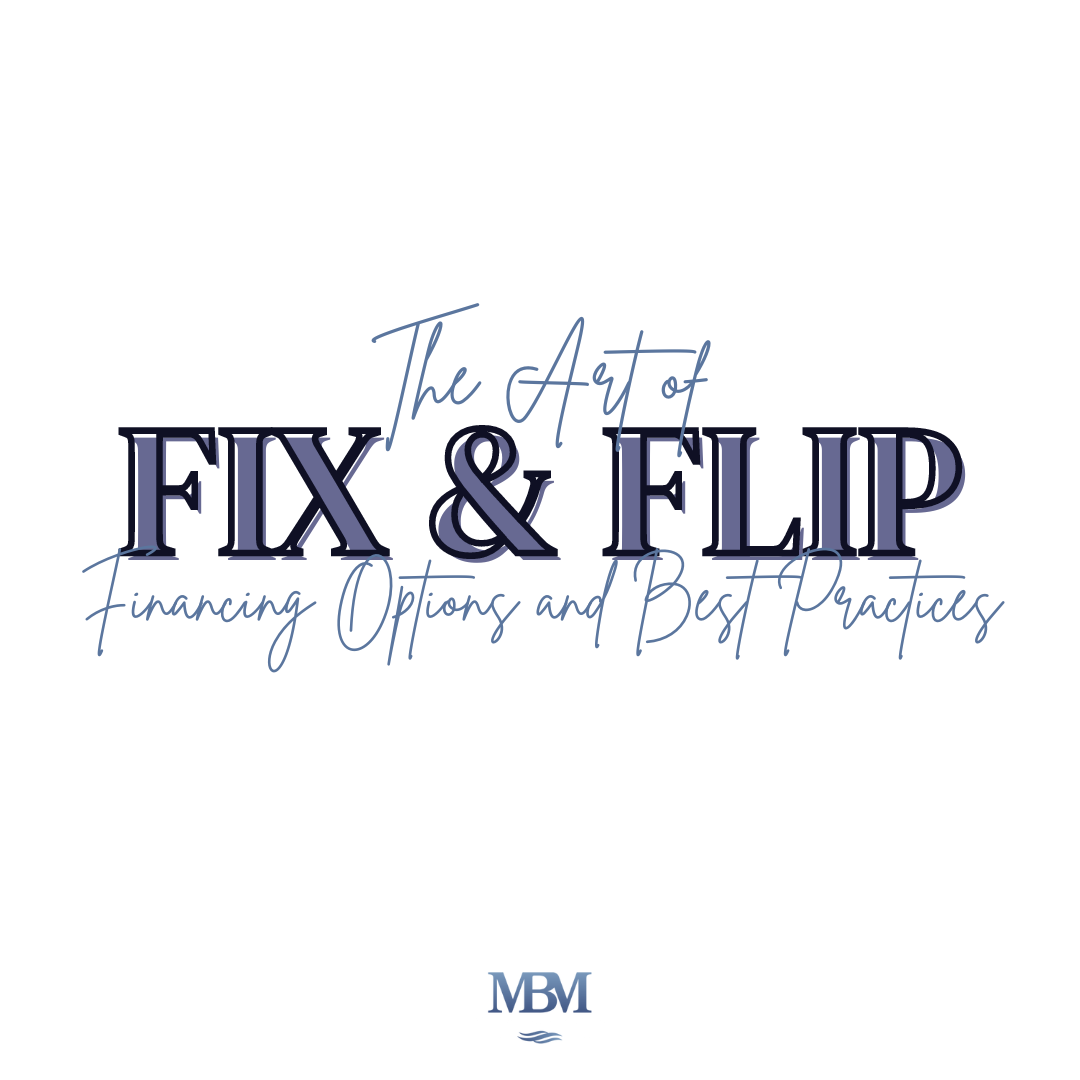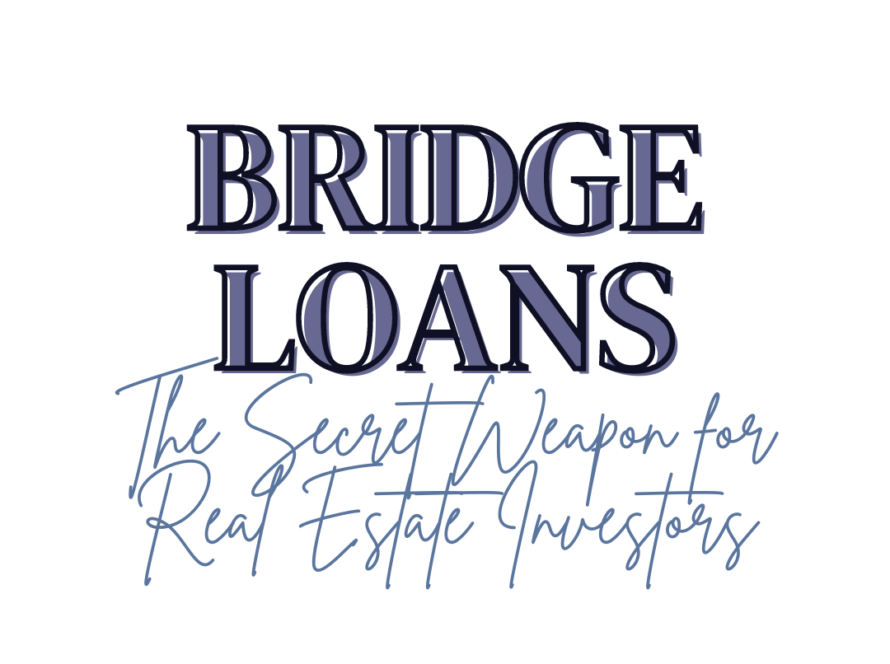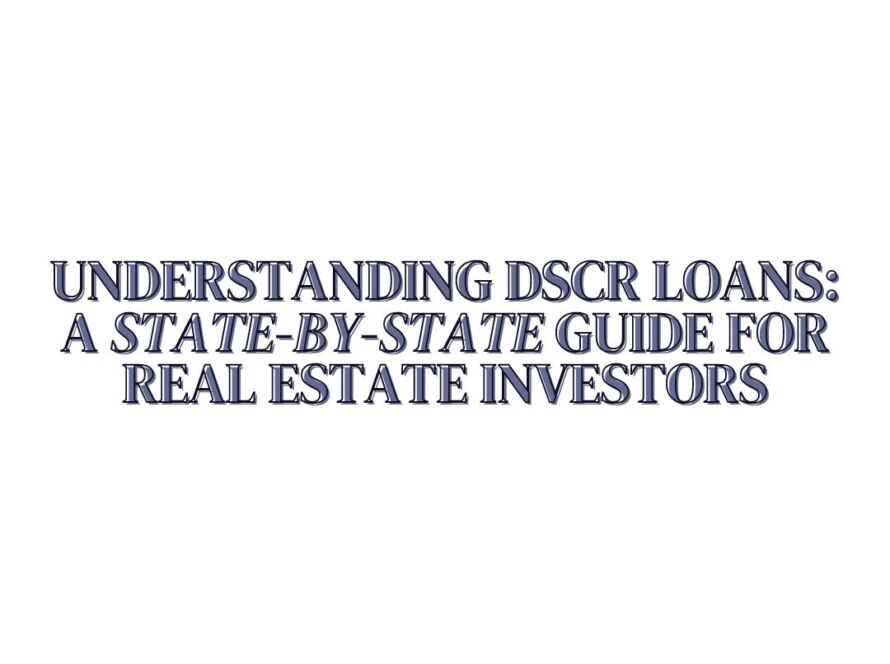Options and Best Practices
Fix and flip projects have gained immense popularity. This strategy involves purchasing a property, renovating it, and selling it quickly for a profit. While it can be lucrative, success in fix and flip ventures often hinges on securing the right financing. In this guide, we’ll explore fix and flip loans, discuss various financing options including hard money loans for flipping houses, and share best practices to help you master the art of fix and flip.
Understanding Fix and Flip Loans
Fix and flip loans are short-term financing options designed specifically for real estate investors who buy properties, renovate them, and sell them for a profit. These loans typically have terms ranging from 6 to 18 months, reflecting the quick turnaround nature of fix and flip projects.
Key Features of Fix and Flip Loans:
- Short loan terms (usually 6-18 months)
- Higher interest rates compared to traditional mortgages
- Funding for both property purchase and renovation costs
- Quick approval and funding process
- Less stringent credit requirements compared to conventional loans
- Based primarily on the property’s potential value after repairs (ARV)
Financing Options for Fix and Flip Projects
- Hard Money Loans for Flipping Houses Hard money loans are a popular choice for fix and flip investors due to their speed and flexibility.
Pros:
- Quick approval and funding (often within a week)
- Focuses on property value rather than borrower’s credit score
- Can finance up to 90% of the purchase price and 100% of renovation costs
Cons:
- Higher interest rates (typically 8-15% annually)
- Short repayment terms
- May require a higher down payment
- Conventional Bank Loans While harder to obtain for fix and flip projects, some investors with excellent credit and experience may qualify for conventional loans.
Pros:
- Lower interest rates
- Longer repayment terms
Cons:
- Strict qualification requirements
- Slower approval process
- May not cover renovation costs
- Private Money Lenders Private individuals or companies who lend their own funds for real estate investments.
Pros:
- Flexible terms
- Can be faster than bank loans
- May fund deals that banks won’t
Cons:
- Can be more expensive than bank loans
- Terms can vary widely between lenders
- Home Equity Loans or Lines of Credit For investors who own their primary residence with significant equity.
Pros:
- Lower interest rates
- Tax-deductible interest in some cases
Cons:
- Puts your primary residence at risk
- Limited by the equity in your home
- Fix and Flip Funding Through Partnerships Partnering with other investors can provide an alternative source of funding.
Pros:
- Shared risk and resources
- Access to more capital
Cons:
- Shared profits
- Potential for disagreements
- Crowdfunding Platforms Online platforms that connect, fix and flip investors with multiple small investors.
Pros:
- Access to a wide pool of potential investors
- Can fund larger projects
Cons:
- May require a strong track record
- Potential legal complexities
How to Choose the Right Financing Option
Selecting the best financing option for your fix and flip project depends on several factors:
- Your Credit Score and Financial Situation: This will determine your eligibility for various loan types.
- Project Timeline: If you need funding quickly, hard money loans or private lenders might be your best option.
- Loan Amount Needed: Some lenders have minimum or maximum loan amounts.
- Your Experience Level: Experienced flippers may have more options available to them.
- Property Condition: The extent of repairs needed can influence which lenders are willing to work with you.
- Exit Strategy: Your plan for selling the property can affect which loan terms are most suitable.
Best Practices for Successful Fix and Flip Projects
- Thorough Market Research Understand the local real estate market, including:
- Recent sale prices of comparable properties
- Average time on market
- Neighborhood trends and development plans
- Accurate Cost Estimation Create a detailed budget covering:
- Purchase price
- Renovation costs (materials and labor)
- Holding costs (loan payments, taxes, utilities)
- Selling costs (agent commissions, closing costs)
- Build a Reliable Team Assemble a team of professionals, including:
- Real estate agent
- Contractor
- Attorney
- Accountant
- Insurance agent
- Focus on High-ROI Improvements Prioritize renovations that add the most value, such as:
- Kitchen and bathroom updates
- Improving curb appeal
- Adding square footage (if feasible)
- Enhancing energy efficiency
- Efficient Project Management Keep your project on track by:
- Creating a detailed timeline
- Regularly communicating with your team
- Addressing issues promptly
- Conducting frequent site visits
- Have a Solid Exit Strategy Plan your exit strategy before you buy:
- Determine your target buyer
- Set a realistic selling price
- Have a backup plan (e.g., renting out the property)
- Understand and Comply with Regulations Be aware of:
- Local zoning laws
- Permit requirements
- Building codes
- Fair housing laws
- Maintain a Cash Reserve Set aside extra funds for unexpected expenses or delays.
Common Pitfalls to Avoid in Fix and Flip Projects
- Overestimating After Repair Value (ARV): Be conservative in your estimates to ensure profitability.
- Underestimating Renovation Costs: Always add a buffer to your renovation budget for unexpected issues.
- Overlooking Holding Costs: Remember to account for loan payments, property taxes, and utilities while you own the property.
- Failing to Thoroughly Inspect the Property: Hidden issues can drastically increase your renovation costs.
- Over-improving for the Neighborhood: Ensure your improvements are in line with local standards to avoid pricing yourself out of the market.
- Neglecting the Paperwork: Keep detailed records of all expenses, contracts, and communications.
- Rushing the Process: Quality work takes time. Rushing can lead to costly mistakes or subpar renovations.
Case Study: Successful Fix and Flip Project
Property: 3-bedroom, 2-bathroom single-family home
Location: Suburban neighborhood with good schools Purchase
Price: $150,000
Estimated Renovation Cost: $50,000
Financing: Hard money loan for flipping houses
Loan Terms: 12-month term, 10% interest rate, 2 points
After Repair Value (ARV): $275,000
Renovation Focus:
- Updated kitchen with new appliances and countertops
- Renovated bathrooms
- New flooring throughout
- Fresh paint inside and out
- Landscaping improvements
Timeline:
- Purchase to renovation start: 2 weeks
- Renovation period: 3 months
- Time on market: 1 month
- Total project time: 4.5 months
Financial Outcome:
- Sale Price: $270,000
- Gross Profit: $70,000
- Net Profit (after all costs): $40,000
Key Takeaways:
- Accurate ARV estimation
- Efficient renovation process
- Focus on high-impact improvements
- Quick turnaround minimized holding costs
Conclusion
Mastering the art of fix and flip requires a combination of smart financing, careful planning, and efficient execution. While fix and flip loans, particularly hard money loans for flipping houses, offer a popular financing option, it’s crucial to consider all available funding sources and choose the one that best fits your project and financial situation.
By following best practices, avoiding common pitfalls, and continuously learning from each project, you can increase your chances of success in the competitive world of fix and flip real estate investing. Remember, each project is an opportunity to refine your skills and build your expertise in this potentially lucrative investment strategy.
Are you considering a fix and flip project? What financing options are you exploring? Share your thoughts and experiences in the comments below!




